The U.S. military chose the Sig Sauer P320 over the Glock 19X because the latter did not meet the required specifications. According to the Government Accountability Office (GAO) report, the Sig Sauer was considered to have a “slight technical advantage” over the Glock and received a rating of “good” compared to Glock’s “acceptable.”
In addition, the Sig Sauer also scored high marks in ergonomic design and ballistic performance. Furthermore, Sig Sauer’s proposal included not only one but two options for the military: the XM17 and the compact XM18. The program required a modular pistol, and the Glock 19X did not offer this capability. A modular pistol allows easy reconfiguration from full-size to compact and subcompact by simply swapping out a few parts.
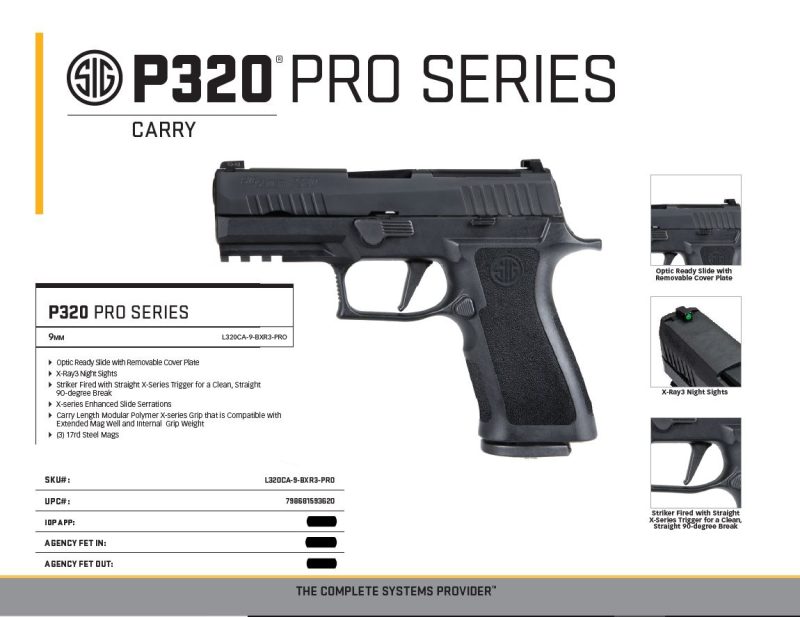
Sig Sauer achieved this through a combination of innovative engineering and taking advantage of a loophole in U.S. firearms laws. Specifically, the engineering team designed the entire trigger pack to be removable, making it possible to quickly and easily convert a full-size gun to a compact one. This added flexibility and versatility was a major factor in the military’s decision to choose the Sig Sauer P320 over the Glock 19X.
The compact design of a gun offers versatility and convenience. The ability to swap out the trigger pack from a compact gun to a sub-compact model allows for quick and easy customization.
The United States has an unusual law regarding firearms. The part of a weapon that bears the serial number is considered the “gun” by the Bureau of Alcohol, Tobacco, Firearms, and Explosives (BATFE). As a result, purchasing the frame of a firearm, even if it is not functional, requires a background check. This peculiar aspect of the law can work to the advantage of certain manufacturers, such as Sig, who place the serial number on the trigger pack. This means that in the eyes of the government, the trigger pack is the frame and the gun, allowing for a modular design.
Other manufacturers, such as Glock, have serial numbers on the frame. To address this limitation, they have created a hybrid model, the Glock 19X, which combines the larger magazine of model 17 with the shorter slide and barrel of model 19. This unique design offers a balance of capacity and maneuverability.
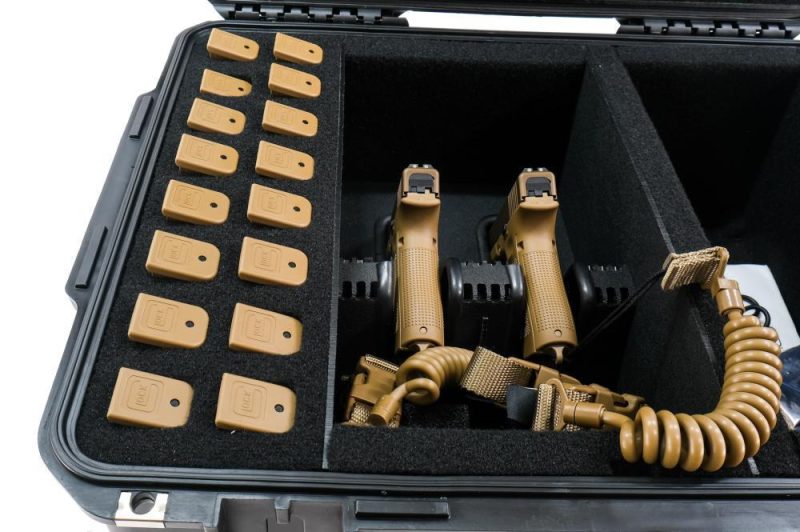
In my opinion, the Glock is a more dependable and trustworthy weapon system. However, the Sig system does have a significant drawback. Suppose we compare the cost of purchasing a Glock for $500 and buying all three sizes (full, compact, and subcompact) for a total of $1500. The price of a Sig, also at $500, and buying compact and subcompact drop-in frames for $300 each, is $1100.
While it may appear that you have saved money by going with the Sig system, you have only invested in one gun. One trigger pack can only be used by one soldier, regardless of the frame you put it in. On the other hand, by spending $400 more on the Glock system, you can equip three soldiers with guns, providing greater flexibility.
Ultimately, Glock lost the competition for the U.S. Army’s next service pistol because their design did not meet the requirement for a modular weapon. The requirements for a modular design gave an edge to the Sig system, which was able to meet those criteria cost-effectively.
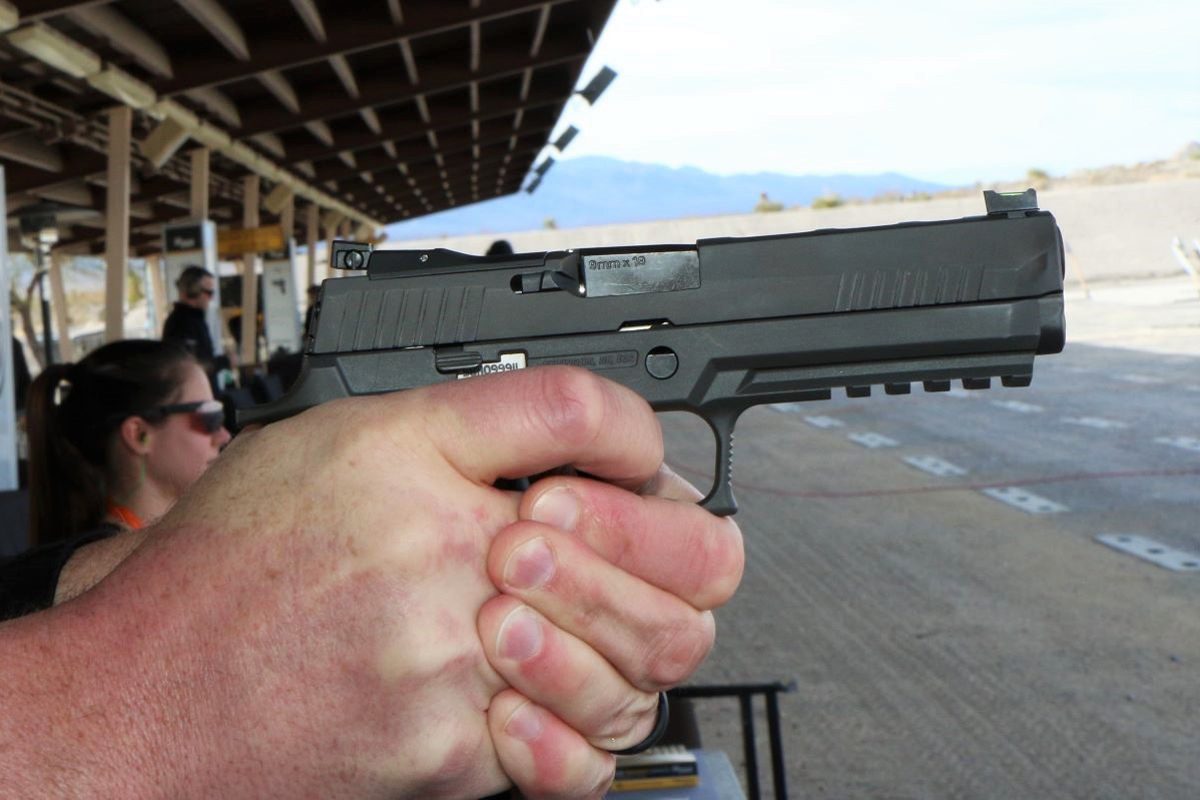
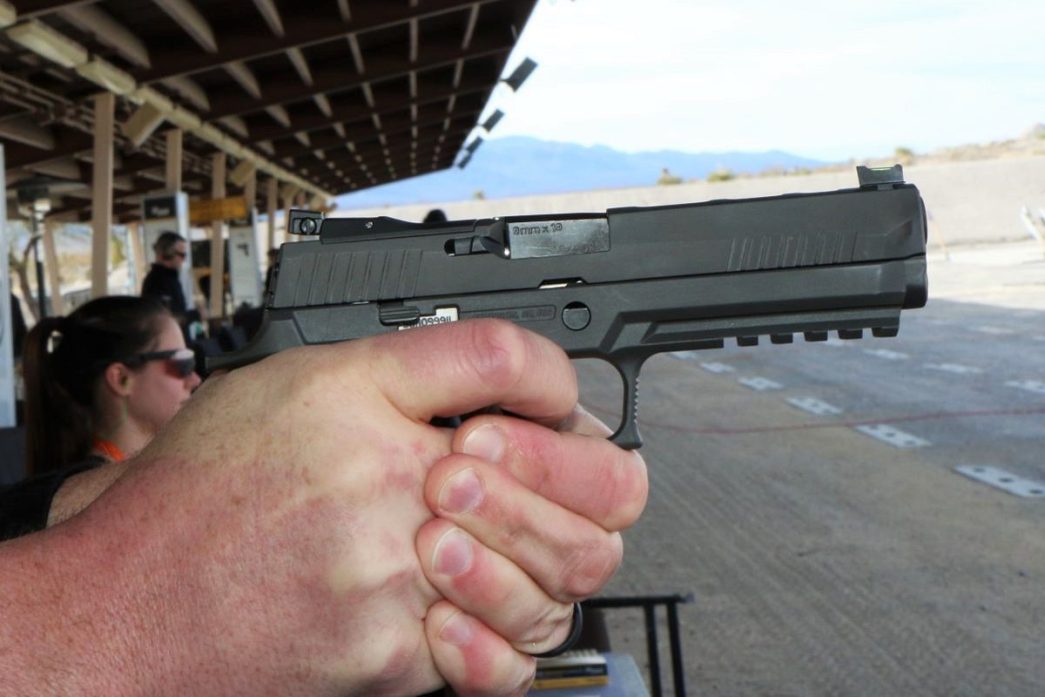
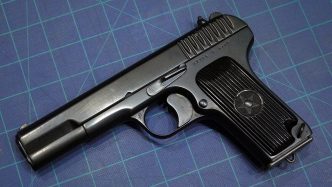
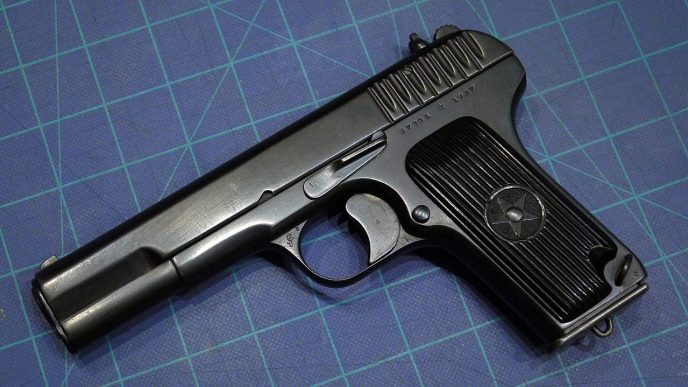
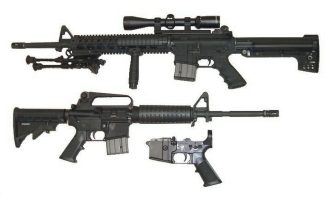
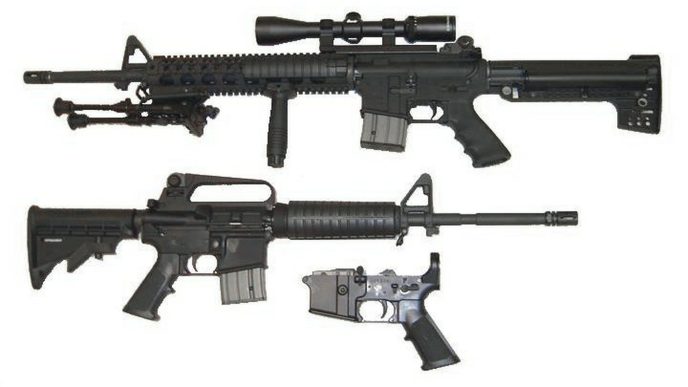
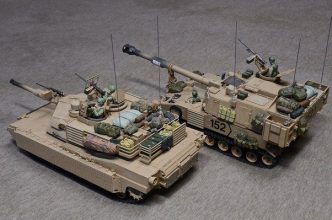
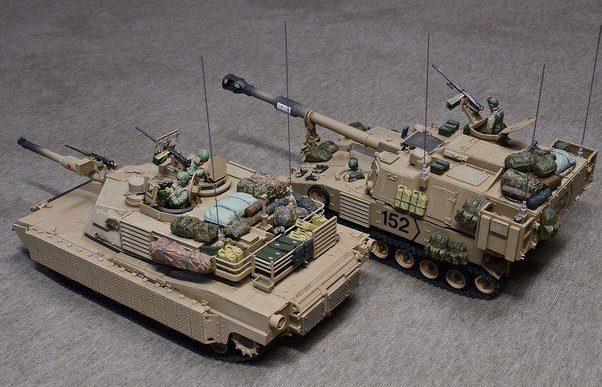

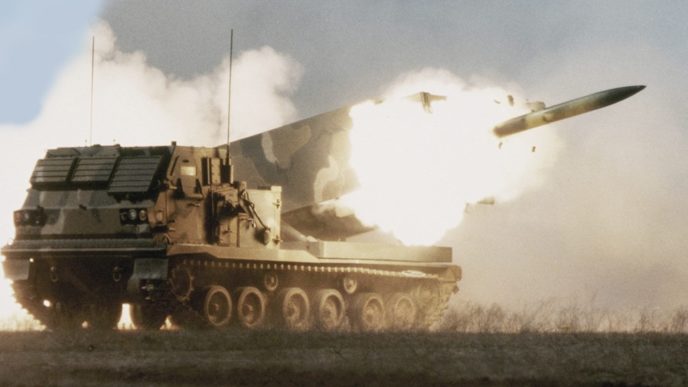




Interesting; I don’t recall seeing that pointed out before. It does suppose they are going to buy all 3 frames (or pistols) for everyone, which I’m inclined to disbelieve, but unsure of. Interesting regardless.
Also, who is Viola? Or did you mean voila? 😉
A Glock would make a Good Anchor for my Bass Boat.
the p320 frames are like $40, not $200.
First, your quoting Consumer prices, not Mil/Gov pricing for the pistols, which is closer to half the pistol price quoted according to the GOA. Secondly the complete pistol, as issued includes a Medium grip module On the pistol as issued. Thirdly, the accessory “Small” and “Large” accessory grip modules are, at Consumer MSRP are about $40ea, so again, figure Mil/Gov pricing at a fraction of the MSRP. Fourth, IF a Soldier (etc) needed figment of a replacement grip module, they would only need one, the appropriate size and that would be an Armorer replacement. The replaced “Medium” grip module would then, presumably, go into inventory to repair damaged grips in the future. As a side note, the “Medium”/standard size grip typically work for the vast majority of shooters, but the accessory “Small” and “Large” grip modules are available to “fit” all sized troops.
I would not trust sig with my life. Google Sig P320 recall & see how the p320 was going off by its self
Sig was the better option no matter how the writer here wants to spin it. Glock did not submit and optic ready gun, Sig did. Glock submitted a one size fits all gun, Sig submitted 2 guns in 2 different sizes. Sig won in ergonomics (has anyone seen that Glock safety !?) and the Sig was cheaper. And before we get into the lowest bidder debate, please it came down to Glock and Sig, not Smith or Ruger or Kel Tec or those cheap brands. Some people are just cranky that Glock is winning all the handgun contracts like they use to.
I purchased the M18 and love it. Accurate at 15 and 25 yds. Feels great in my big hands and will shoot any level of 9mm ammo. Over 1000 rds and not one jam. I like safe weapons and the thumb safety is important to me. Gov got it right on this choice.
Lets face the facts, Glock lost the bid because 70% of the people who carry guns for a living love them. I’ve put thousands upon thousands of rounds thru my Glocks with no (0) misfires. And my Glocks have never shot me!!